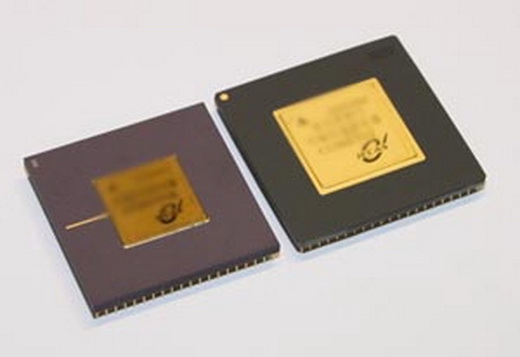

HUIXIN02 (Image by Laboratory of Programmable Chips and System)
Through preliminary analysis of the data transmitted from the satellite, the programmable logic device “HUIXIN02”, carried by Practice-9 B satellite, recently accomplished the function of application circuit accurately, with the system operating continuously and normally, thus succeeding in the mission of in-orbit data processing in the complex spatial environment.
"HUIXIN02” is developed by System on Programmable Chip Research Department, Institute of Electronics, Chinese Academy of Sciences (IECAS), and is the first payload carried by a satellite among China’s independent programmable logic devices of the same scale. Despite time urgency, the mission has achieved major breakthrough in key spatial application technology and comprehensively passed the ground reliability experiment and test.
Practice-9 A/B satellites, the first in a series of civilian satellites for new technology experimentation, were launched, boosted by Long March-2C carrier rocket and sent into a pre-determined orbit at the Taiyuan Satellite Launch Center in mid-October. The satellites are used to experiment with high-caliber homemade satellite components, satellite formations and inter-satellite measurement. And experimental results can be used widely in land and resource monitoring, environment and disaster detection and analysis.
The success of the carrying experiment has effectively validated the spatial operation capacity of homemade large-scale programmable logic devices, marks the further improvement in China’s basic ability of developing in-orbit satellite payloads, and is of great significance to the localization, independence and controllability of core components of space equipment.
Contact:
Huang Zhihong
Laboratory of Programmable Chips and System

86-10-68597521 (day)
86-10-68597289 (night)

86-10-68511095 (day)
86-10-68512458 (night)

cas_en@cas.cn

52 Sanlihe Rd., Xicheng District,
Beijing, China (100864)

